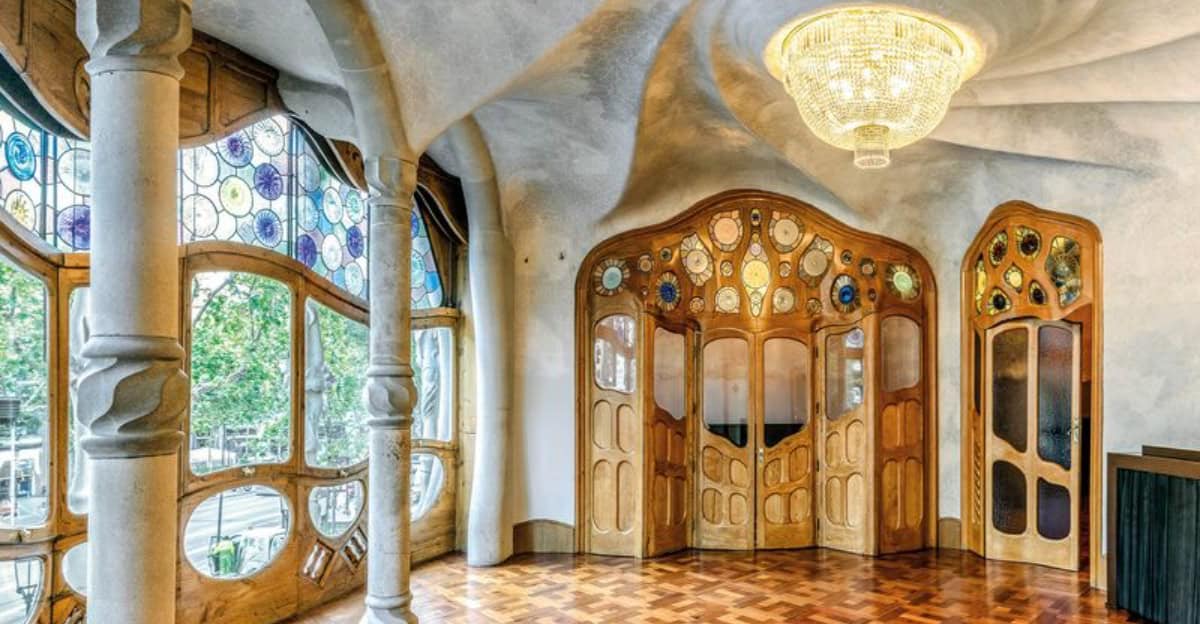Europe is home to some of the most stunning modernist architecture, where art meets design in bold and breathtaking ways.
This article explores 10 must-visit modernist houses, each offering a unique glimpse into the innovative spirit of the 20th century.
From sleek lines to open spaces, these architectural wonders are a testament to creativity and vision.
1. Villa Savoye
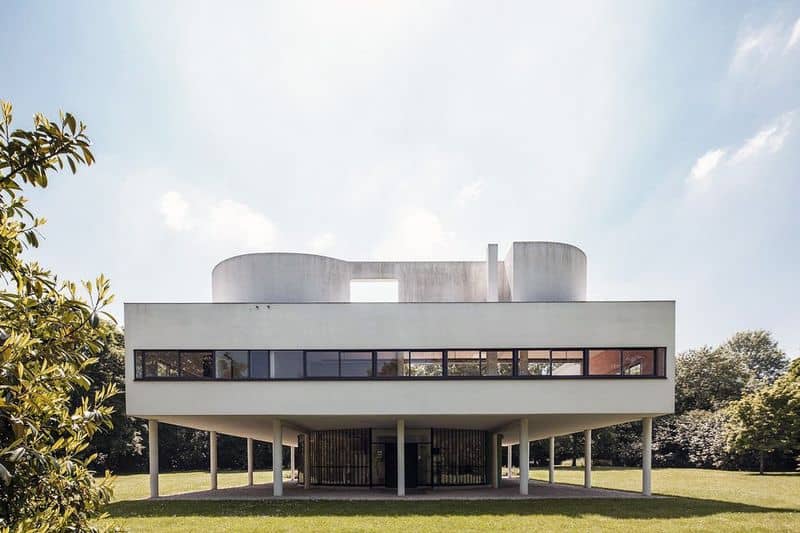
A masterpiece by Le Corbusier, Villa Savoye in Poissy, France, is a symbol of modernist design. This iconic house, built in the 1920s, floats on slender columns, creating a sense of lightness.
Inside, the open plan and ribbon windows invite the outdoors in, offering unobstructed views of the surrounding landscape.
Walk through its curvaceous halls, and you’ll feel the harmonious blend of function and form. The rooftop garden adds an organic touch, softening the stark geometry.
A visit here is like stepping into a living work of art, where every angle tells a story.
2. Fallingwater
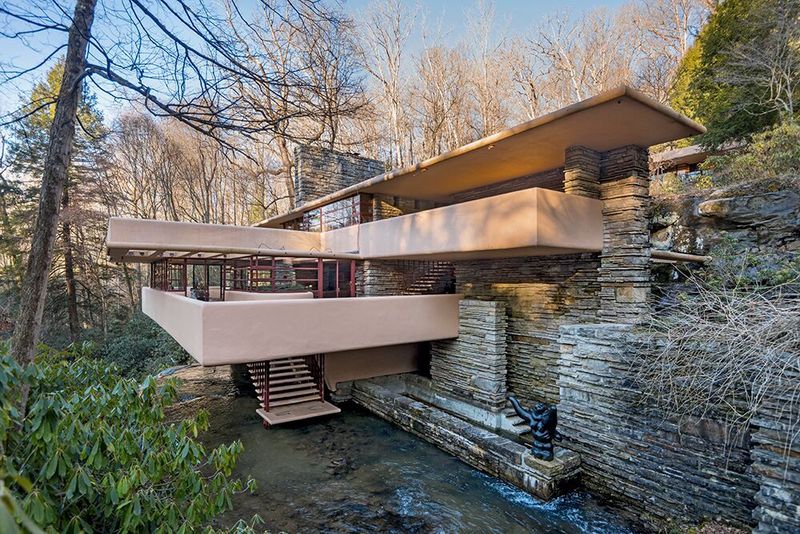
Fallingwater, nestled in the lush woods of Pennsylvania, USA, is a marvel of organic architecture by Frank Lloyd Wright. Although not in Europe, its influence is globally acknowledged.
The house seems to grow from the earth, with terraces jutting over the waterfall below.
Inside, the natural stone floors and walls connect seamlessly with the exterior. Every window frames a perfect piece of nature, blurring the lines between inside and out.
It’s a serene retreat that celebrates the harmony of architecture and landscape, inviting you to immerse in its tranquil beauty.
3. Casa Batlló
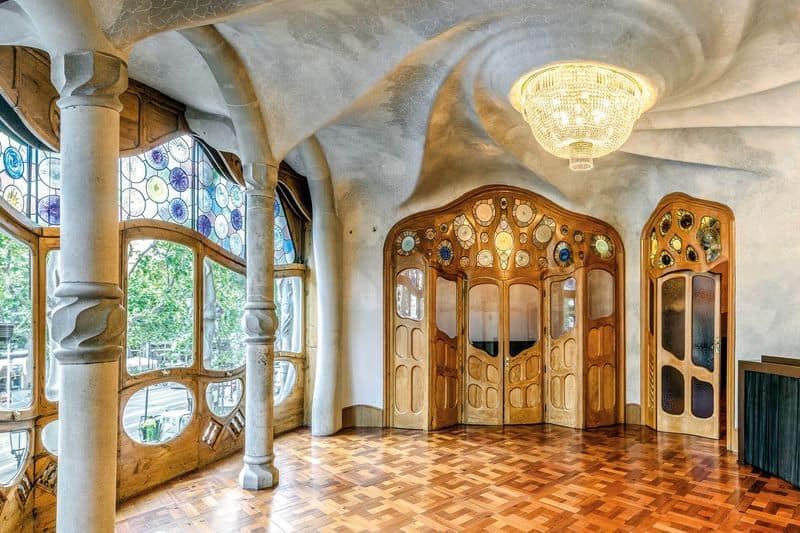
In the vibrant heart of Barcelona, Spain, Casa Batlló stands as Antoni Gaudí’s colorful masterpiece. Its facade, with swirling shapes and vibrant mosaic tiles, evokes the sea’s flowing forms.
Step inside, and you’ll find a whimsical world of organic curves and light-filled spaces. The attention to detail is mesmerizing, from the skeletal balconies to the dragon-like roof.
It’s an enchanting place that captures Gaudí’s playful genius, where every turn reveals a new delight. Casa Batlló feels alive, an architectural symphony that dances to its rhythm.
4. Schröder House
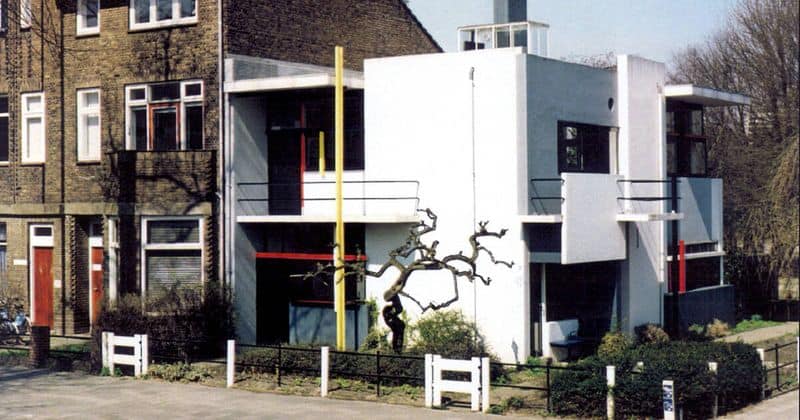
Schröder House, in Utrecht, Netherlands, epitomizes the De Stijl movement’s purity and abstraction. Designed by Gerrit Rietveld in 1924, it’s a harmony of lines and primary colors.
The open-plan interior offers flexibility, with sliding panels that redefine spaces.
Its geometric facade challenges traditional architecture, presenting an artistic vision that feels ahead of its time. Walking through Schröder House is like stepping into a Mondrian painting, where simplicity and complexity coexist.
It’s a testament to innovation and artistry, where every element serves both beauty and purpose.
5. Eames House
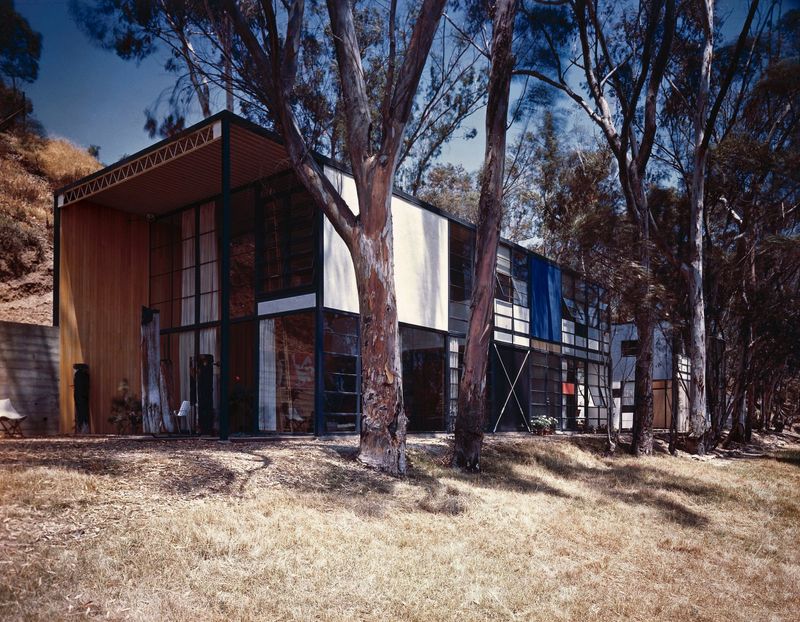
The Eames House, located in Los Angeles, USA, is a beacon of mid-century modernism by Charles and Ray Eames. Part of the Case Study House program, it’s a study in simplicity and functionality.
With its steel frame and glass walls, the house blends effortlessly into its natural surroundings. Inside, it’s a celebration of light and openness, where living spaces flow seamlessly from one to another.
Although not in Europe, its influence resonates worldwide, inspiring countless modernist designs. It’s a place where art meets life in perfect harmony.
6. Villa Tugendhat
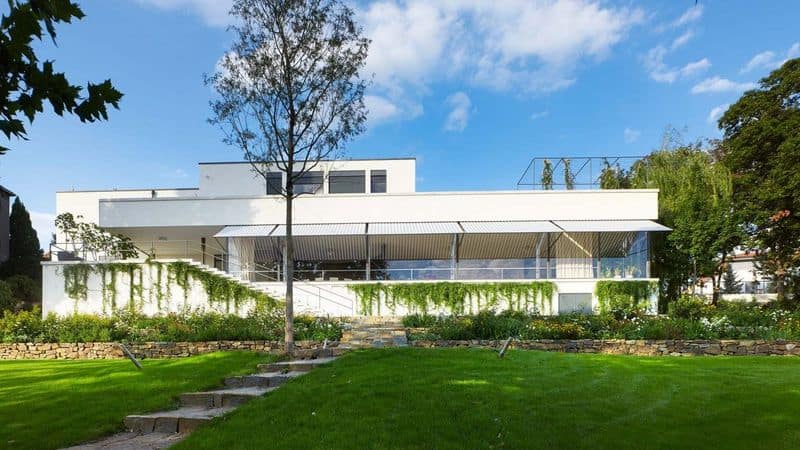
Villa Tugendhat in Brno, Czech Republic, is a masterpiece by Ludwig Mies van der Rohe. Built in the 1930s, it embodies the ‘less is more’ philosophy with its sleek lines and open spaces.
The glass facade offers panoramic views of the garden, creating a seamless connection with nature. Inside, luxurious materials like onyx and ebony add warmth and sophistication.
Every room is a study in elegance and restraint, reflecting Mies’s commitment to purity and precision.
It’s a house that speaks to the soul, where simplicity becomes an experience.
7. Maison de Verre
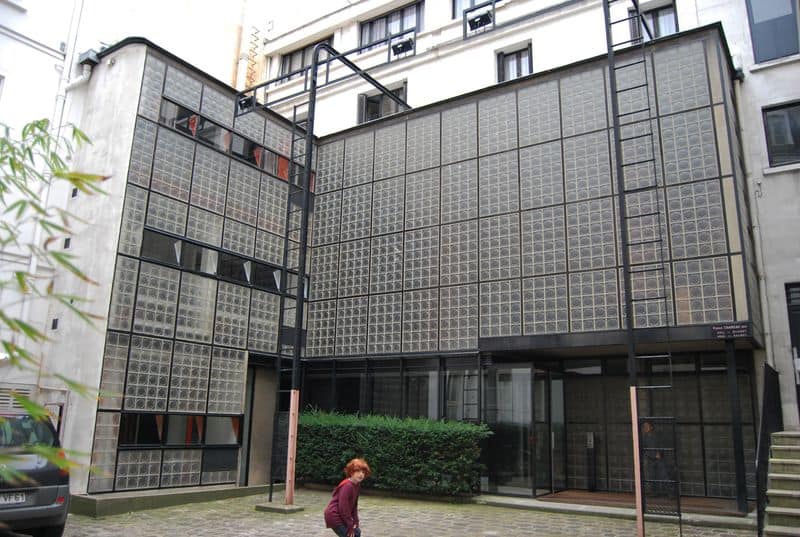
Maison de Verre in Paris, France, is an industrial gem by Pierre Chareau. Built in the late 1920s, it’s a bold experiment in transparency and light.
The glass block walls give it an ethereal glow, creating an ever-changing play of light and shadow.
Inside, the industrial aesthetic continues with exposed steel beams and movable partitions that redefine spaces. It’s a dynamic space that invites you to explore its innovative design.
Maison de Verre is not just a house but a living piece of art, where tradition meets modernity in a dance of contrasts.
8. The Glass House

The Glass House in New Canaan, Connecticut, USA, is a minimalist marvel by Philip Johnson. Although outside Europe, its influence echoes across the modernist world.
With floor-to-ceiling glass walls, it offers uninterrupted views of the surrounding landscape.
Inside, the open plan blurs the line between indoor and outdoor living, creating a serene space that feels at one with nature. The simplicity of the design is its greatest strength, emphasizing form and function.
It’s a quiet retreat that invites contemplation and peace, where architecture becomes a window to the world.
9. Villa Müller

Villa Müller in Prague, Czech Republic, is a cubist creation by Adolf Loos. Built in the late 1920s, it’s a study in simplicity and elegance. The stark white facade and flat roof epitomize Loos’s modernist vision.
Inside, the Raumplan concept creates a dynamic flow between spaces, where each room is a unique experience. Luxurious materials and custom furnishings add a touch of sophistication.
Villa Müller is a house that defies convention, where every detail is considered, and beauty lies in the understated. It’s a timeless work of art that continues to inspire.
10. Barcelona Pavilion
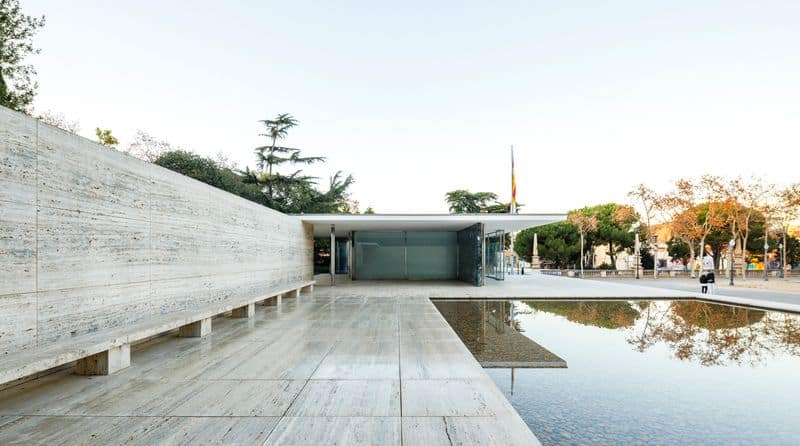
The Barcelona Pavilion, designed by Ludwig Mies van der Rohe for the 1929 International Exposition, is a masterpiece of modernist elegance.
Located in Barcelona, Spain, it’s renowned for its simplicity and luxurious materials like marble and onyx.
The open-plan design creates a fluid connection between the interior and exterior, with a serene pool reflecting the pavilion’s minimalist lines. It’s a space that invites reflection, where less truly becomes more.
The pavilion is not just an architectural landmark but a philosophical statement about the beauty of simplicity and clarity.

